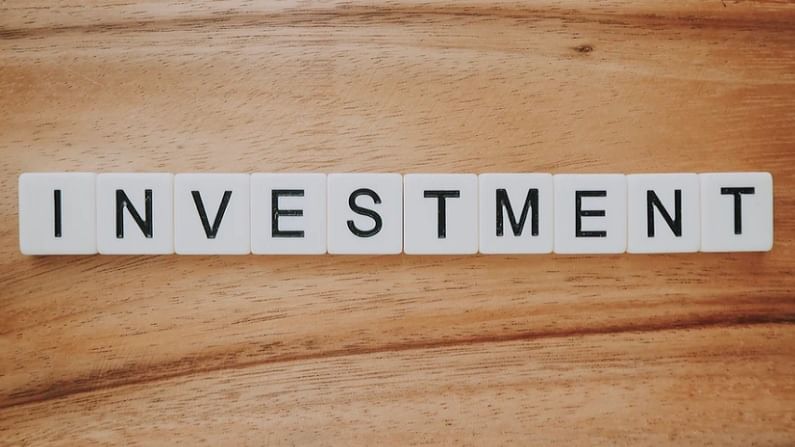FDs and G-Secs — are these investment options comparable?
Earlier many had the notion that only banks, financial institutions, insurance companies and big companies investment in these instruments. But now anyone with KYC documents can invest in these instruments

In times of uncertainty, the search for financial certainty rises. Scarred by job losses, wage cuts and losses incurred in businesses, citizens are trying to ensure safety of their savings more than anything else.
Therefore, fixed income instruments that are safe generate a lot of enquiries.
Fixed deposits from banks have been a favourite for a lot of investors down the years. A recent entrant in this market is government securities or G-Secs, as the Centre seeks to encourage retail investment in G-Secs.
One can have a look at the two instruments before taking a decision.
As the name suggests, Fixed Deposit is an instrument that fixes an amount for a specified period and gives a predetermined return on the investment. This return is almost always higher than the rate of interest in a savings account. It is a principal-protected guaranteed income instrument.
Nature of investment
Fixed deposits in banks are among the safer investment options. The returns are flexible and there is no volatility.
But FDs are not liquid. The higher interest rate from savings accounts is, so to speak, a trade off against liquidity.
The tenure ranges between 7 days and 10 years.
The range of annual interest hovers between 3.25% and 5.30%. It varies with tenure of the deposit and from bank to bank. Senior citizens are entitled to 0.50 percentage point more than the rate applicable to those under 60 years.
The rate of interest is a bit higher in post offices, small finance banks and NBFCs.
The income on fixed deposits is not dependent on or linked to the performance of the economy or any index in any market. The rate of interest is fixed at the time of investment which is given by the issuer.
The maximum amount insured by banks on FDs is Rs 5 lakh.
While most of us are familiar with FDs, government securities or G-Secs are not a common instrument where common people put their money in.
G-Secs are issued by the Reserve Bank of India on behalf of the government of India or the state governments. These instruments are guaranteed by the issuing government and, therefore, the money is completely safe.
At the highest pecking order of safety are those issued by the central government, then comes those that are issued by the state governments.
Eligibility
Earlier many had the notion that only banks, financial institutions, insurance companies and big companies investment in these instruments. But now anyone with KYC documents can invest in these instruments.
While banks deduct TDS on FDs, the investor who puts his/her money into government securities pays the taxes on the interest he/she has earned.
Government securities can be either less than 1 year or of longer maturities such as 5 years or 10 years. Those that come with maturity periods less than one year are called T Bills. These are typically of 91, 182 and 364-day maturity periods.
T Bills are sold at a discount to the face value and redeemed at par value. Therefore, they don’t have a stated interest rate like FDs.
Returns
But 10-year G-Secs can give you around 6.13% per annum. These instruments can be traded in the secondary market.
But there is a minimum investment floor of Rs 10,000 in G-Secs, which is not there in FDs.
The only risk here is interest rate fluctuations if the buyer wants to sell it before maturity. “If one holds a G Sec till maturity, one can get a decent return,” said Nilanjan Dey, director, Wishlist Capital Advisors.
If one wants to buy G-Secs in the short term, one has the interest rate risk to think about. In a rising interest rate climate the value of G-Secs in the secondary market goes down. So one has to be prepared to see ones value of investments go down if interest rates begin to rise.
There is another difference between FDs and G-Secs. While FD interest income is subject to income tax, G-Secs are subject to capital gains tax.
“Though there are some points of similarities, FDs and G Secs are different instruments and not strictly comparable. But the investor can avail of indexation benefit that gives them a cutting edge if they are holding for a long term (three years or more) via-s-vis their holding in FD,” added Dey.
G-Secs are usually bought at a value that is less than the face value. If the instrument is held till maturity, the returns have to be calculated by taking into account the purchase price, the face value and the coupon rate. Since the purchase price was lower than the face value, the returns will be higher than the coupon rate.

